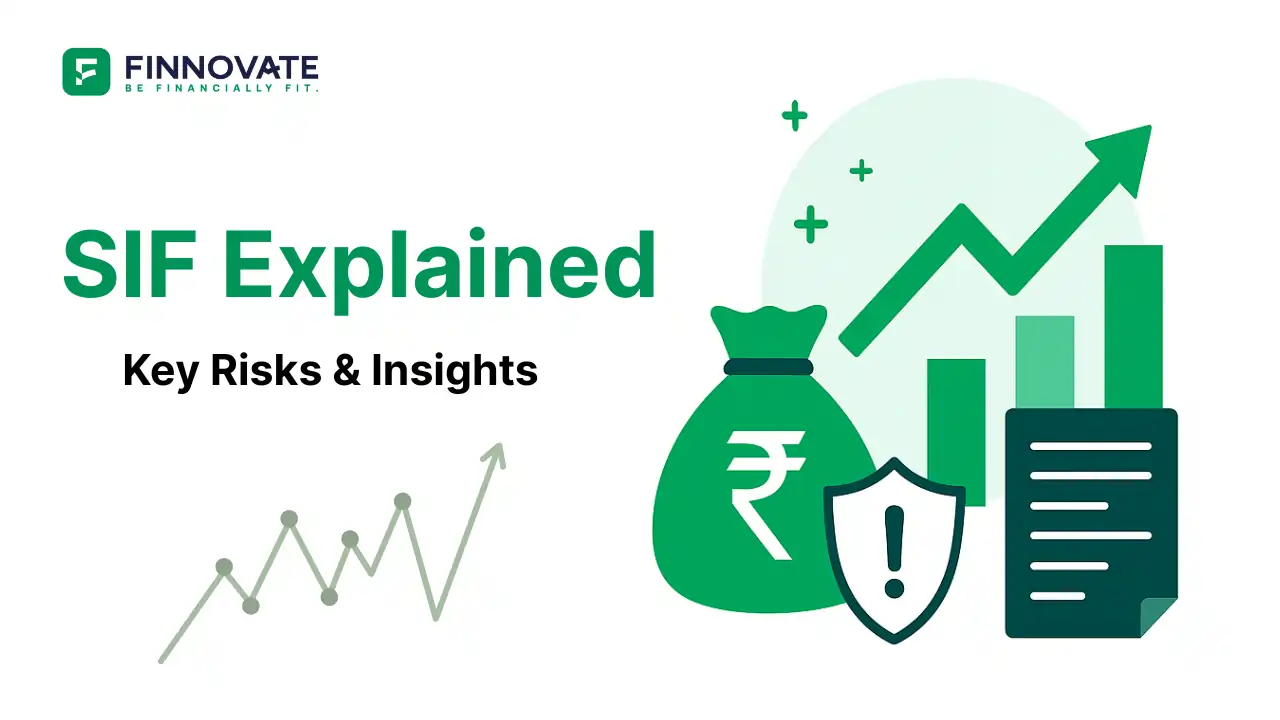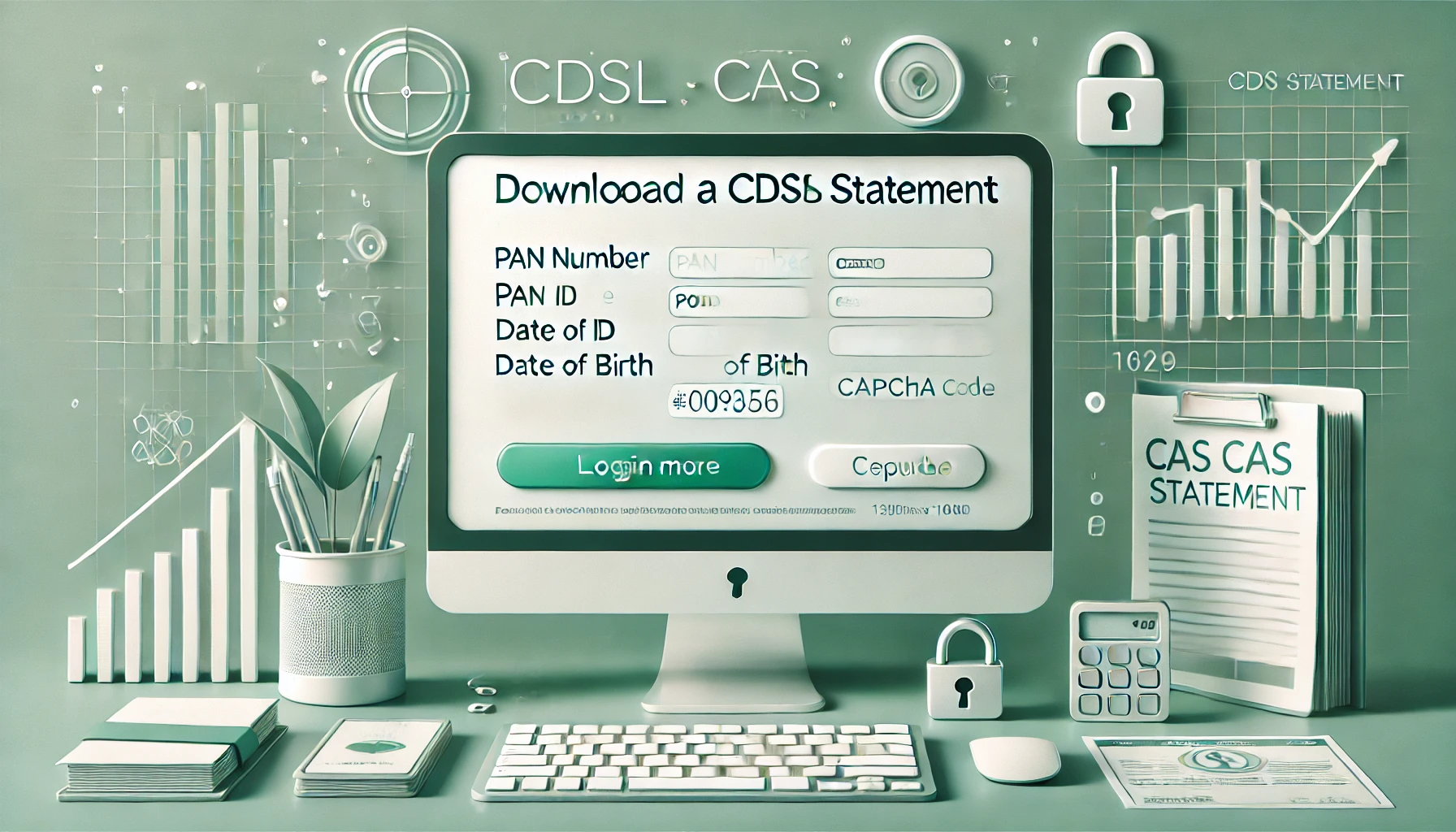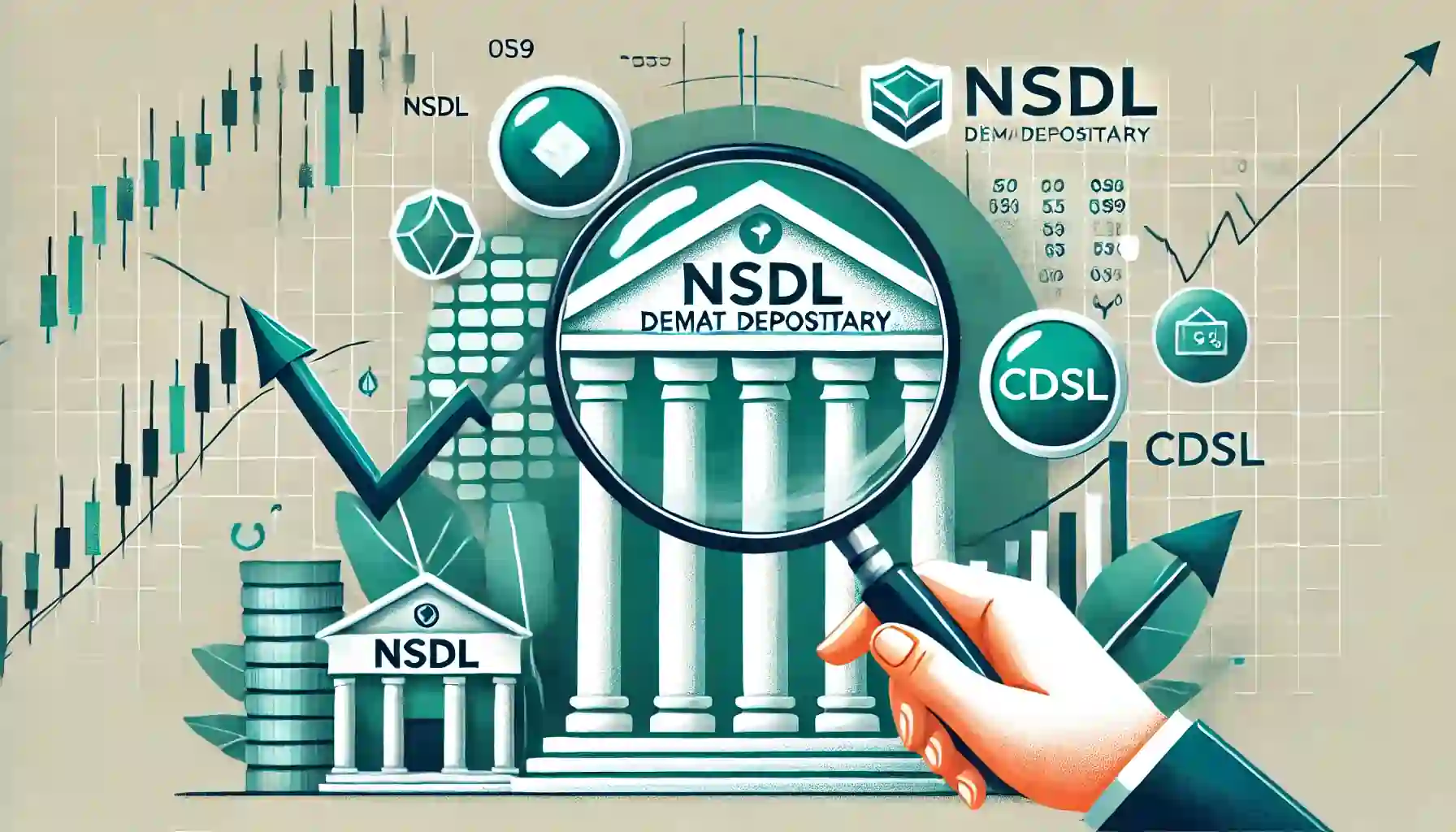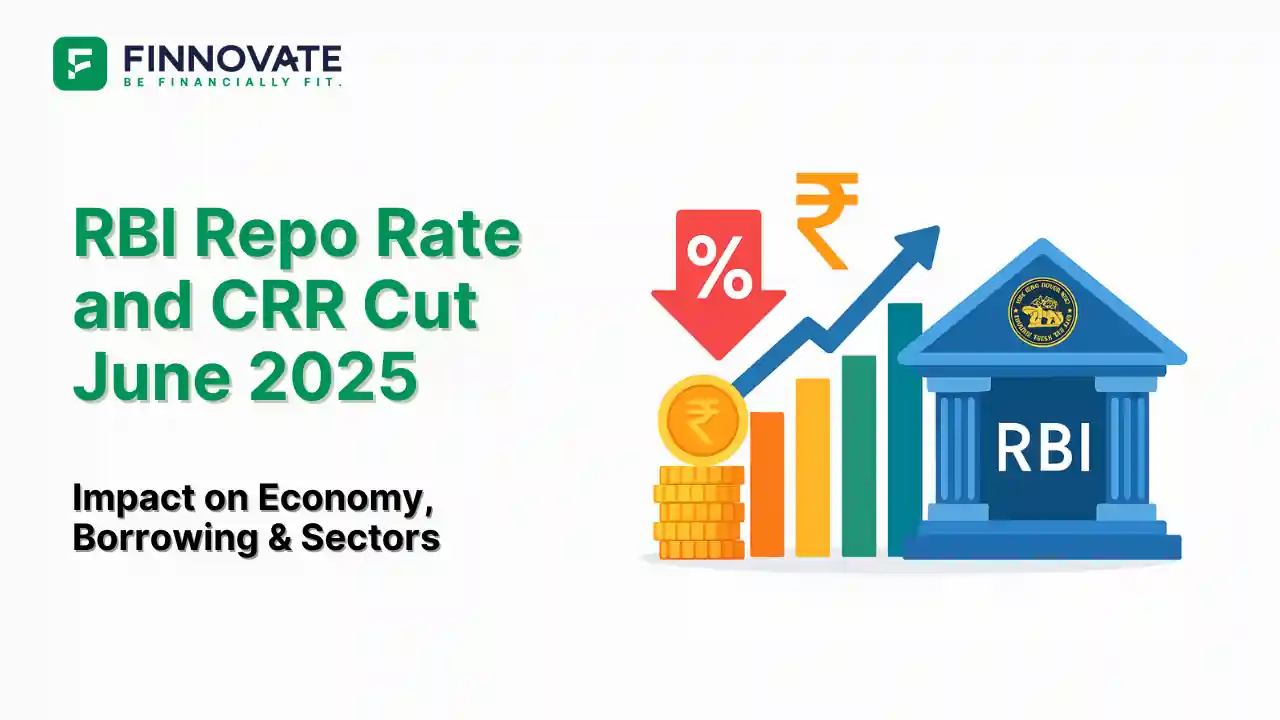Why Stopping SIPs During Market Corrections Is a Bad Idea | SIP Strategy India

By

When markets turn volatile, many investors panic and pause their SIPs (Systematic Investment Plans). It's understandable - but it’s also one of the worst financial decisions you can make.
Every time there's political uncertainty or market correction, like the one we saw during the COVID-19 crash, investors start worrying: “Should I stop my SIP now and wait for things to settle?”
Short answer? No.
Investors who continued their SIPs during the COVID period didn’t just survive - they thrived. Why? Because SIPs are designed to take advantage of market volatility.
The power of SIPs lies in rupee cost averaging:
SIPs work best in volatile or declining markets because they let you accumulate units at lower prices. If you’re new to investing, here’s our Beginner’s Guide to Mutual Funds to get started.
Trying to time the market is not only stressful - it rarely works. But investing regularly and staying disciplined almost always does.
Let’s say you had the worst market timing and invested right before major crashes. Here’s how your SIP would have performed anyway:
| SIP Start Date | Market Event | CAGR Return | Wealth Growth |
|---|---|---|---|
| March 2000 | Dotcom Crash | 13.2% | Strong |
| January 2008 | Global Financial Crisis | 12.1% | 2.6x |
| January 2020 | COVID-19 Crash | 19.8% | 1.3x |
Even if you started at the peak, your SIP would have delivered double-digit returns - proving that time in the market beats timing the market.
Bear markets aren’t new in India. We’ve seen sharp corrections in: 2000 (Dotcom bubble), 2008 (GFC), 2011, 2013, 2018, and 2020 (COVID)
So how should you protect your portfolio?
Every market crash offers discounted NAVs - your SIP buys more units. When the recovery comes, your returns compound faster.
Here’s a simple 3-step plan:
This way, you book profits at highs and invest at lows - automatically.
Funds like: Balanced Advantage Funds (BAFs), Equity Savings Funds, Multi-Asset Allocation Funds
These shift between equity, debt, and derivatives based on market conditions, helping manage risk without needing you to take action.
Market corrections are scary but they are also essential for long-term wealth creation. SIPs turn those market dips into opportunities. By stopping your SIP:
Book a Free Consultation Call to see if your current investment plan matches your goals and risk profile.
You can also use our SIP Calculator - Plan Your Investments to estimate how much you need to invest monthly to reach your goals.
Disclaimer: The information provided in this article is for informational purposes only. It does not constitute financial, legal, or investment advice. Please consult a qualified professional for advice specific to your situation. The views expressed in this article are based on publicly available information and may not reflect the most current market conditions.

Learn how to easily download your NSDL CAS Statement in PDF format with our step-by-step guide. Follow our instructions to log in to NSDL e-Services, download your account statement, and subscribe for
Read Full
Explore what Specialised Investment Funds (SIFs) are, their benefits, taxation, minimum investment, how to invest, how they compare with mutual funds and PMS and latest developments in SIF space
Read Full
Learn How to Download Your CDSL CAS Statement with our step-by-step guide. Easy instructions for accessing your investment details online.
Read Full
Analyzing the potential economic impact of the 2025 India-Pakistan conflict on India's GDP growth, manufacturing sector, and foreign investment.
Read Full
Determine if your Demat Depositary (DP) is NSDL or CDSL easily. Follow our guide to check using broking platforms or Demat account number formats
Read Full
RBI cuts repo rate by 50 bps and CRR by 100 bps in June 2025 to boost growth. Learn how it impacts inflation, borrowing, sectors, and market trends.
Read Full
Looking for the best financial freedom books? Here’s a handpicked 2025 reading list with summaries, why to read, and who it's best for.
Read Full
Discover key facts about Ola Electric IPO launching in 2024. Simple guide covering business, financials and investment potential.
Read Full